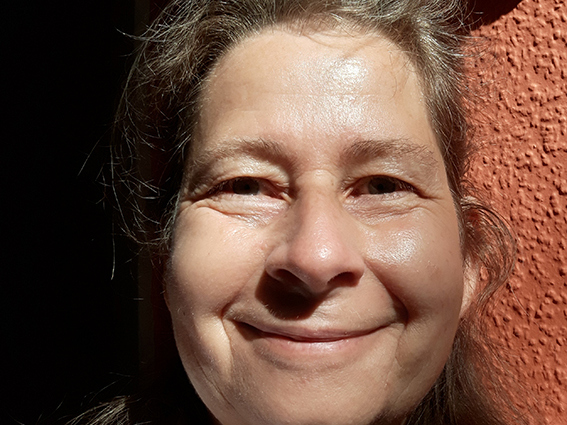Navigation auf uzh.ch
Navigation auf uzh.ch

Dr. Regan Dunn is the Interim Assistant Deputy Director and Assistant Curator at the La Brea Tar Pits. She is a paleobotanist whose research seeks to understand the interplay between climate, plants, and animal evolution through time. She studies a variety of plant fossil types including phytoliths, pollen, and macrofloras to reconstruct ancient vegetation structure and composition. She has a PhD in Biology from the University of Washington, a Master of Science in Botany from the University of Wyoming, and a Bachelor of Science in Biology from Colorado State University. Before coming to the La Brea Tar Pits, Dr. Dunn worked as a paleobotanist for the Denver Museum of Nature & Science, the National Park Service, the Burke Museum of Natural History and Culture, and the Field Museum of Chicago. She has performed extensive fieldwork in South and Central America, Mexico and in the western United States. At the La Brea Tar Pits, Dr. Dunn’s research focuses on understanding vegetation change over the last 50,000 years in the Los Angeles Basin and how the fossil record informs us about future change.

I am a vertebrate palaeontologist, stationed at Naturalis Biodiversity Center, Leiden, the Netherlands. My research focuses on the evolution, adaptation, biogeography, ecology and systematics of insular mammals globally, and the role of humans in their extinction. I include fossil, extant and introduced mammals with emphasis on the Mediterranean, insular South-East Asia and the Pacific.
Twitter: @IslandEvolution

My main research interest is quantifying the diversity of (mostly) cranial 3D shapes in (mostly) Australian (mostly) mammals. This includes research into population-level variation, broader clades of varying inclusiveness (e.g. rat kangaroos, rodents), and research on diversity patterns across all mammals. I am asking how mammalian cranial diversity and adaptation evolves, and particularly if and how marsupial mammals are subject to a developmental constraint. However, answering this question takes me to a large range of other topics such as conservation, zooarchaeology, and ecology.
.jpg)
Richard Madden is an anthropologist and vertebrate paleontologist specializing in the evolutionary history of South American mammals. His most recent work involves a critical examination of ideas about convergent evolution of tooth shape through comparisons of tooth wear rates among island populations of feral goats.
Researcher at the National Council for Science and Technical Research (CONICET), Mendoza, Argentina. Expertise: Vertebrate paleontology from the Cenozoic of South America. Research focused on the evolution of mammalian cranial anatomy, phylogeny, extinction patterns, and major paleozoogeographical events such as the Great American Biotic Interchange. Fieldwork area focused on Patagonia and Cuyo regions, integrating data from the mammalian evolution, building of the Andean Range, and environmental changes.

Monica Bond is a wildlife biologist with an emphasis on integrating behavioral ecology and demography to conserve threatened species. She received her PhD in Ecology from the Department of Evolutionary Biology and Environmental Studies at the University of Zurich and is currently a post-doctoral researcher in the Population Ecology group at UZH. Her research focuses on factors influencing population dynamics of giraffes in northern Tanzania, with the aim of improving conservation and management of giraffes and other tropical ungulates inhabiting increasingly fragmented ecosystems.